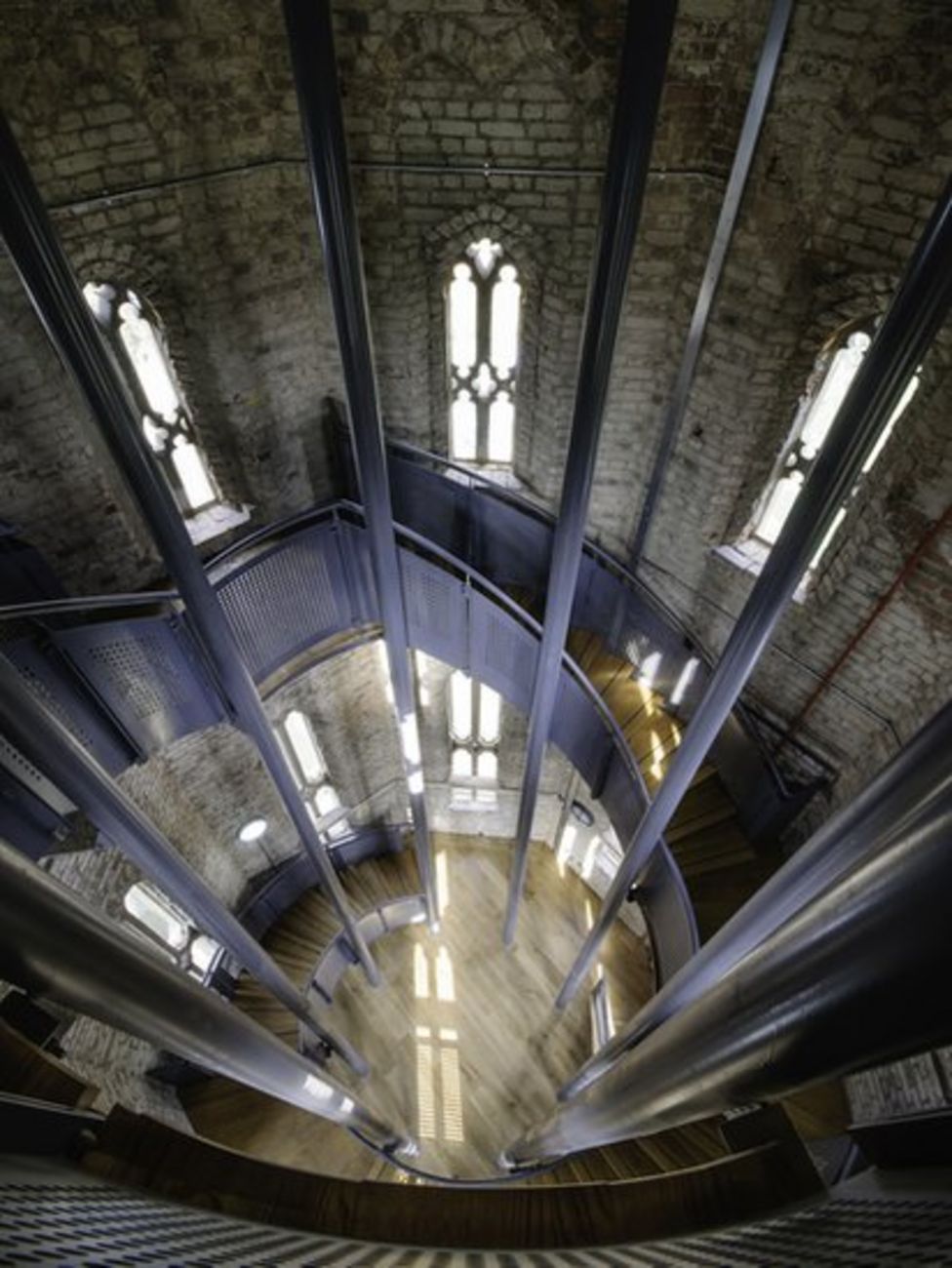A repost from 2017 that could come in handy should the need arise.
Conversely, it could also be helpful if one is defending one's donjon from the marauding hordes.

From Popular Mechanics:
William Gurstelle is the author of Defending Your Castle: Build Catapults, Crossbows, Moats, Bulletproof Shields, and More Defensive Devices to Fend Off the Invading Hordes.
There is a lot more to besieging a walled fortress than simply running around with ladders.
It's castle-storming season on Game of Thrones. Daenerys Targaryen's elite Unsullied troops managed to sneak in and conquer Casterly Rock without having to climb its walls on horrible ladders. The Lannister army they'd intended to attack actually marched south and laid siege to Highgarden, though the battle happens off-screen. And while Daenerys of the very long name managed to catch the Lannister loot train out in an open field and slaughter them, she would need to mount a much-discussed attack on King's Landing and its Red Keep to remove Queen Cersei from power.
There's perhaps no military action older than castle storming. Whether you're talking about paleolithic Scotland, medieval France, or the fictional kingdoms of Westeros, the pattern appears to be the same: As soon as people had any possessions at all, other people have coveted the lands and possessions of their neighbors. And so, the people with lands and possessions built castles for protection. Siege warfare against those castles is brutal and blunt. It's a style of fighting characterized by a combination of ungodly long, boring waits punctuated by short spurts of terrifying action.There is a lot more to besieging a walled fortress than simply running around with ladders. A lot more.It takes more than a forbidding appearance for a castle to keep attackers at bay. The first castles were merely earthen heaps surrounded by a wooden palisade wall. But they quickly got much better. Over time, a body of castle-building knowledge arose and all good castles more or less followed the same rules.For example, a well-designed castle is never square. The corners on a square castle are vulnerable to attack because the ninety degree angle makes it difficult to mass defenders at those points, so any good field general would concentrate his attacking forces there. To counter this, castle designers erected protruding towers at intervals, giving defenders a redoubt where they could shoot downward with a wide field of view.In addition, those towers were built as tall as possible. When hurling machines like catapults and trebuchets are forced to shoot in high arcing trajectories, they lose much of their effectiveness. Plus, when defenders drop rocks from high elevations, they have a lot more smashing power.Typically there was an elevated walkway just behind the top of the castle walls called a rampart. There were openings in the upper walls, accessible to the men on the ramparts, called embrasures, through which archers could shoot.The main way into a castle, of course, was through the gate. Gates were always exceedingly well protected. Typically, large strong towers flanked both sides of the gates, and the towers were always manned with defenders. The entrance to a castle was often a steel grate called a portcullis, a walkway, and then another portcullis. Above the walkway were the "murder holes," openings through which rocks and spears could be thrust down on attackers trapped between the portcullis grates....
...MUCH MORE
Should your defenders be overrun and you are forced to make a dignified retreat we have on offer:
Tips For Buying Your Next Castle
....The linked pictures lead to our third consideration, your spiral stairs. From the (maybe) adulterous wife tower above:

The first thing you notice is the spiral is correct.
Your men-at-arms retreating up the stairs from the attackers will have their right
hand free to thrust, parry and chop while the swing of the interlopers
is impeded by the outer wall.
However:
On newel-post spiral stairs the tactics are different:

Abstract:Moving on to a couple of the Italian offerings.
The traditional castle story dictates that all winding, newel, turnpike or spiral staircases in medieval great towers, keep-gatehouses, tower houses and mural wall towers ascended clockwise. This orthodoxy has it that it offered a real functional military advantage to the defender; a persistent theory that those defending the stair from above had the greatest space in which to use their right-handed sword arm. Conversely, attackers mounting an upward assault in a clockwise or right-handed stair rotation would not have unfettered use of their weaponry or have good visibility of their intended victim, as their right sword hand would be too close to the central newel.
Whilst there may be other good reasons for clockwise (CW) stairs, the oft-repeated thesis sup-porting a military determinism for clockwise stairs is here challenged. The paper presents a corpus of more than 85 examples of anticlockwise (ACW) spiral stairs found in medieval castles in England and Wales dating from the 1070s through to the 1500s...MUCH MORE
Castello di Montefiore has pretty much everything you are looking for in a castle including machicolations under the battlements at the top of the towers for dropping your flaming pitch or whatever on the besiegers:


Either way try to remember the lessons from March 2013's "Heartache: Owning a Castle Can Be Such a Hassle"
